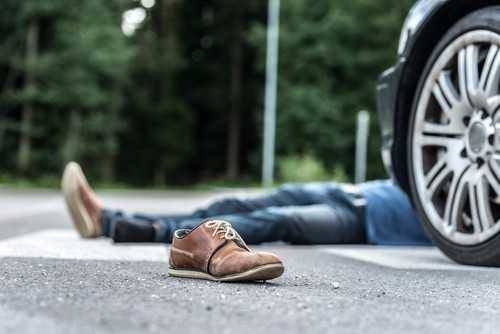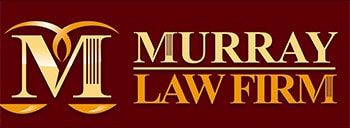In the quiet town of Yale, Oklahoma, where the tranquil pace of life often lulls residents into a sense of security, pedestrian accidents can still occur, shattering the peace and causing devastating consequences. When such incidents transpire, understanding the legal recourse available becomes paramount. One crucial aspect of these cases is the establishment of negligence, a key element in pursuing justice and compensation. In this article, we delve into the nuances of proving negligence in Yale, Oklahoma pedestrian accident lawsuits and the essential requirements involved.
The Duty of Care: Setting the Foundation
Proving negligence begins with establishing the concept of duty of care. In the context of pedestrian accidents, this refers to the responsibility that individuals, particularly motorists, owe to pedestrians sharing the road. Drivers are obligated to operate their vehicles with reasonable care, taking into account the presence of pedestrians and exercising caution in areas where foot traffic is prevalent.
Breach of Duty: Unraveling Negligent Actions
Once duty of care is established, the focus shifts to identifying a breach of that duty. This involves demonstrating that the responsible party failed to meet the standard of care expected in the given situation. In pedestrian accidents, common breaches include distracted driving, speeding, failure to yield, or driving under the influence. Each case is unique, requiring a meticulous examination of the circumstances to unveil the negligent actions that led to the accident.
Causation: Connecting Negligence to the Accident
Proving negligence is incomplete without establishing a direct link between the breach of duty and the pedestrian accident. Causation, in legal terms, requires demonstrating that the negligent actions were a substantial factor in causing the harm suffered by the pedestrian. This involves presenting evidence that establishes a clear connection between the breach of duty and the injuries sustained.
Damages: Quantifying the Impact
In the aftermath of a pedestrian accident, the damages incurred by the injured party become a focal point in proving negligence. Damages encompass both economic and non-economic losses, such as medical expenses, lost wages, pain and suffering, and emotional distress. Adequately quantifying these damages is crucial for building a compelling case that highlights the true extent of the harm suffered by the pedestrian due to the defendant’s negligence.
Eyewitness Testimonies: Strengthening the Case
In Yale, Oklahoma pedestrian accident lawsuits, eyewitness testimonies play a pivotal role in substantiating claims of negligence. Eyewitnesses can provide firsthand accounts of the events leading up to the accident, shedding light on critical details that might otherwise be disputed. Their testimonies can corroborate the injured party’s version of events and serve as compelling evidence in proving negligence.
Surveillance Footage: Unbiased Documentation
In the digital age, surveillance cameras are omnipresent, and their footage can be instrumental in proving negligence. Whether from traffic cameras, businesses, or private residences, video evidence can offer an unbiased account of the accident. This visual documentation can provide a clear perspective on the sequence of events, helping establish the breach of duty and causation in pedestrian accident cases.
Accident Reconstruction: Unveiling the Sequence of Events
In complex pedestrian accident cases, accident reconstruction becomes a valuable tool in proving negligence. Reconstruction experts use scientific principles and available evidence to recreate the accident’s sequence of events. This process helps illustrate how the negligent actions of the responsible party directly led to the collision, providing a visual representation that can be compelling in court.
Medical Records: Linking Injuries to the Accident
To solidify the connection between negligence and the injuries sustained, medical records become crucial evidence. These records detail the nature and extent of the injuries, linking them explicitly to the pedestrian accident. Medical professionals can provide expert testimony to establish that the injuries were a direct result of the defendant’s breach of duty, strengthening the overall case for negligence.
In the aftermath of a pedestrian accident in Yale, Oklahoma, proving negligence is a multifaceted process that requires a meticulous approach. From establishing the duty of care to presenting compelling evidence of damages, eyewitness testimonies, and expert reconstructions, each step contributes to building a robust case. As victims navigate the legal landscape seeking justice, the Murray Law Firm stands ready to provide the expertise and advocacy needed to secure rightful compensation.
If you or a loved one has been a victim of a pedestrian accident in Yale, Oklahoma, don’t navigate the legal complexities alone. The Murray Law Firm, with its commitment to justice and decades of experience, is here to guide you through the process. Our dedicated team of attorneys understands the intricacies of proving negligence in pedestrian accident cases and is prepared to fight for your rights.
Don’t let the aftermath of a pedestrian accident overwhelm you. Contact the Murray Law Firm today for a consultation. Let us be your advocates in pursuing justice and ensuring that negligence is not overlooked in the quest for rightful compensation.
